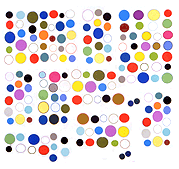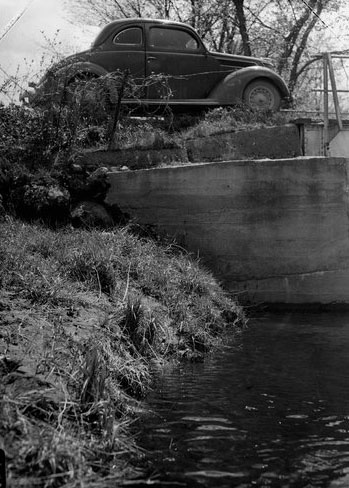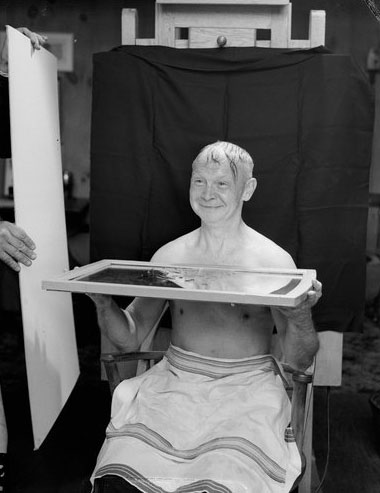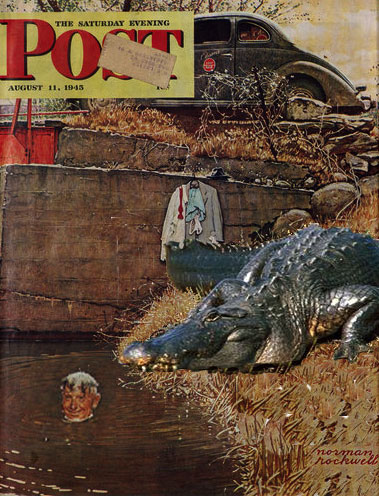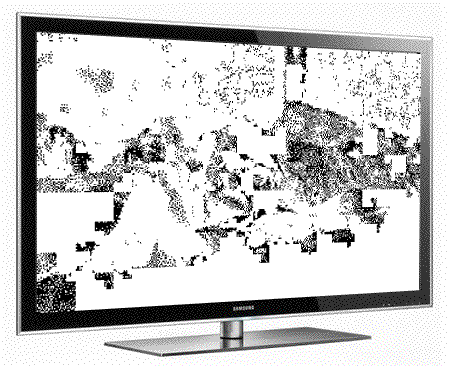Cal-Q-Lator, "Dr. Bradford (Urgent Call)" [YouTube]
The original mix of a semi-obscure techno-rave track (Germany, 1994) that combines fight-or-flight urgency with obsessively bouncy joy. Have only heard a shorter form on a compilation. Yes, it's "dated" but boundlessly amusing. You can hear the connections between techno and bluegrass (even though there is nothing remotely "country" about it) when several riffs merge over a footstomping beat: in place of saws, banjos and jugs you get cutoff knob twiddling, morse code, Farfisa squiggles, and persistent hi-hats.
A guitar sample at the midpoint initially grates but then integrates intriguingly into the other riffs.
This is a dance track meant to be beatmatched with other songs by "DJs," so it starts with some vocal samples and a gradual introduction of instruments. For the impatient, the main riff is at 2:00 and all the parts start to come together at 4:15.
Despite claims made for YouTubes as a form of "video art," it's kind of perversely satisfying, in a one hand clapping way, to listen to this track and stare at the half-moon graphic that invites you to buy this song for "15 c" on an mp3 site.
Another version: the slower, shorter forrm from the video mix tape where I first heard it.
Bonus: Laurent Garnier, Astral Dreams
Saucermen, Aquarius
Dave Clarke, Zeno Xero
